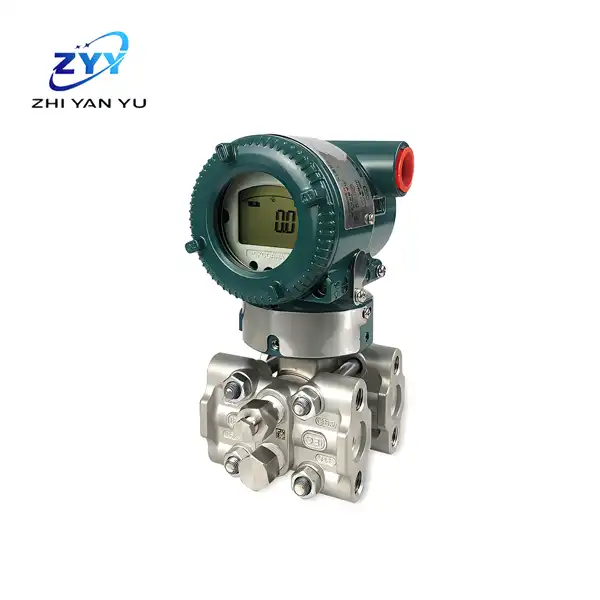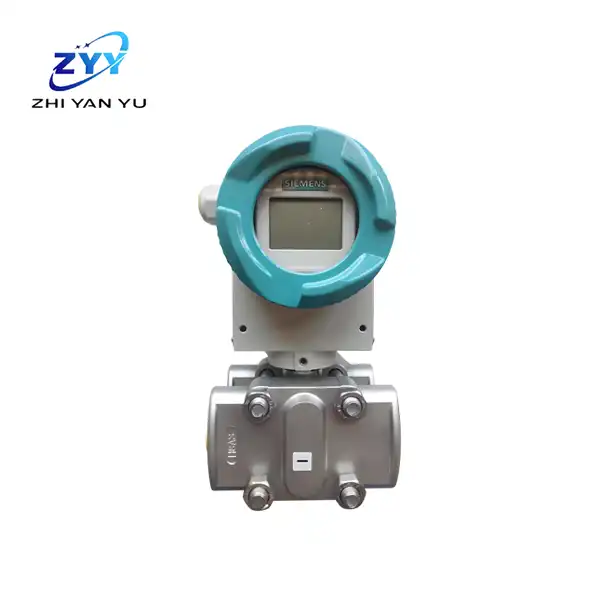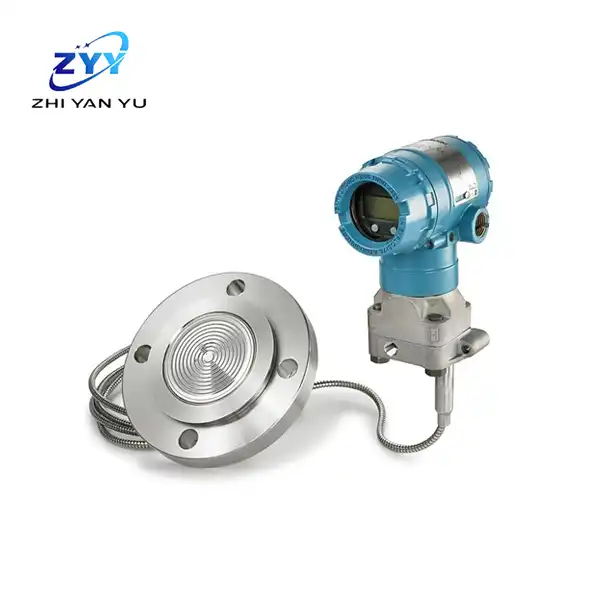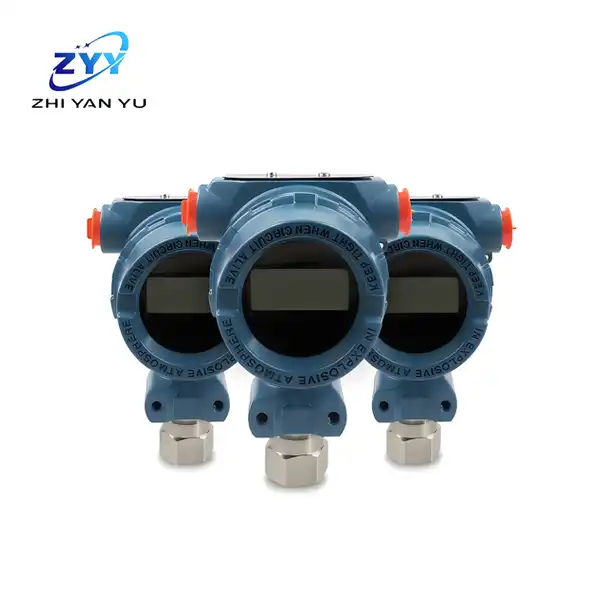- English
- French
- German
- Portuguese
- Spanish
- Russian
- Japanese
- Korean
- Arabic
- Greek
- German
- Turkish
- Italian
- Danish
- Romanian
- Indonesian
- Czech
- Afrikaans
- Swedish
- Polish
- Basque
- Catalan
- Esperanto
- Hindi
- Lao
- Albanian
- Amharic
- Armenian
- Azerbaijani
- Belarusian
- Bengali
- Bosnian
- Bulgarian
- Cebuano
- Chichewa
- Corsican
- Croatian
- Dutch
- Estonian
- Filipino
- Finnish
- Frisian
- Galician
- Georgian
- Gujarati
- Haitian
- Hausa
- Hawaiian
- Hebrew
- Hmong
- Hungarian
- Icelandic
- Igbo
- Javanese
- Kannada
- Kazakh
- Khmer
- Kurdish
- Kyrgyz
- Latin
- Latvian
- Lithuanian
- Luxembou..
- Macedonian
- Malagasy
- Malay
- Malayalam
- Maltese
- Maori
- Marathi
- Mongolian
- Burmese
- Nepali
- Norwegian
- Pashto
- Persian
- Punjabi
- Serbian
- Sesotho
- Sinhala
- Slovak
- Slovenian
- Somali
- Samoan
- Scots Gaelic
- Shona
- Sindhi
- Sundanese
- Swahili
- Tajik
- Tamil
- Telugu
- Thai
- Ukrainian
- Urdu
- Uzbek
- Vietnamese
- Welsh
- Xhosa
- Yiddish
- Yoruba
- Zulu
How to Check Temperature Transmitter?
2024-07-01 14:34:37
Ensuring the proper functioning of temperature transmitters is crucial for accurate temperature measurement in industrial processes. The Yokogawa Temperature Transmitter YTA710 is renowned for its high accuracy and reliability. This blog will guide you on how to check the performance and integrity of this specific model. We will address some of the most commonly asked questions to help you maintain and troubleshoot your YTA710 effectively.
What Are the Steps to Calibrate a Yokogawa YTA710 Temperature Transmitter?
Calibration is essential to maintain the accuracy of your temperature transmitter. Here’s a detailed process to calibrate the Yokogawa YTA710:
Pre-Calibration Preparation
Safety First: Ensure that all necessary safety precautions are in place. Wear appropriate personal protective equipment (PPE) and confirm that the work area is safe.
Documentation: Have the transmitter’s manual and calibration records handy. Record initial readings and any observed discrepancies.
Environment: Conduct calibration in a stable environment to avoid temperature fluctuations affecting the readings.
Calibration Tools
Calibrator: Use a high-precision temperature calibrator.
Multimeter: A digital multimeter for voltage and current measurement.
HART Communicator: For digital communication with the transmitter.
Calibration Steps
Initial Setup:
Connect the temperature sensor to the transmitter.
Power up the transmitter and allow it to stabilize.
Zero Calibration:
Set the calibrator to the lowest point of the temperature range.
Adjust the transmitter output to match the calibrator reading.
Span Calibration:
Set the calibrator to the highest point of the temperature range.
Adjust the transmitter output again to match the calibrator reading.
Intermediate Checks:
Check multiple points within the range to ensure linearity.
Adjust as necessary to maintain accuracy throughout the range.
Final Verification:
Re-check zero and span to confirm adjustments.
Record the final readings and update the calibration certificate.
Post-Calibration
Document Findings: Note any issues or anomalies encountered during calibration.
Seal and Secure: Ensure all connections are secure and any calibration seals are in place.
Return to Service: Power down and safely re-integrate the transmitter into the system.
How Do You Perform a Loop Check on a Yokogawa YTA710 Temperature Transmitter?
Performing a loop check ensures that the entire measurement loop, from sensor to control system, is functioning correctly.
Preparation for Loop Check
Verify Equipment: Ensure you have a loop calibrator, multimeter, and HART communicator.
Safety: Follow all safety protocols to prevent accidents.
Loop Check Procedure
Isolate the Transmitter: Disconnect the transmitter from the process and isolate it from the control system.
Simulate Sensor Input:
Use the loop calibrator to simulate the sensor input.
Set the input to a known value within the transmitter’s range.
Measure Transmitter Output:
Connect the multimeter to the transmitter output terminals.
Ensure the output corresponds to the simulated input.
Communication Check:
Use the HART communicator to verify that the transmitter’s configuration matches the expected parameters.
Check for any error messages or diagnostic alerts.
Signal Integrity:
Inspect the signal wiring and connections for any signs of wear or damage.
Verify that the control system receives and correctly interprets the transmitter output.
Functional Test:
Reconnect the transmitter to the process.
Monitor the output for consistency with process conditions.
Post-Check
Record Results: Document the loop check results, noting any discrepancies or issues found.
Restore Normal Operations: Ensure the transmitter and control system are fully operational and any maintenance tags are removed.
What Common Issues Can Affect the Accuracy of a Yokogawa YTA710 Temperature Transmitter?
Identifying and addressing common issues can significantly enhance the reliability of your temperature transmitter.
Environmental Factors
Temperature Variations: Extreme ambient temperatures can affect transmitter accuracy. Ensure the transmitter is rated for the operating environment.
Humidity: High humidity levels can cause condensation and affect electronic components. Use transmitters with appropriate ingress protection ratings.
Electrical Interference
EMI/RFI: Electromagnetic or radio frequency interference can distort the signal. Use proper grounding and shielding techniques.
Power Supply Fluctuations: Ensure a stable power supply to prevent fluctuations that could impact the transmitter’s performance.
Mechanical Factors
Vibration: Excessive vibration can damage the transmitter or sensor. Use vibration dampers if necessary.
Physical Damage: Inspect the transmitter and wiring for any signs of physical damage or wear.
Calibration and Maintenance
Drift: Over time, transmitters can drift from their calibrated settings. Regular calibration is necessary to maintain accuracy.
Sensor Degradation: Temperature sensors can degrade due to harsh process conditions. Regularly inspect and replace sensors as needed.
Diagnostic Tools
HART Communicator: Use to check diagnostic messages and transmitter status.
Condition Monitoring: Implement condition monitoring systems to detect early signs of transmitter or sensor failure.
Best Practices
Regular Inspections: Conduct routine inspections to identify potential issues before they affect transmitter performance.
Proper Installation: Ensure correct installation practices to avoid common pitfalls that can lead to inaccuracies.
Training: Ensure that personnel are well-trained in the operation and maintenance of the YTA710.
Conclusion
Maintaining the accuracy and reliability of your Yokogawa YTA710 temperature transmitter involves regular calibration, loop checks, and addressing common issues that may arise. By following the guidelines outlined above, you can ensure optimal performance and longevity of your temperature measurement system.
For more detailed information or technical assistance, please feel free to contact us at lm@instrument.com.
References
Yokogawa Electric Corporation. (2023). YTA710 Temperature Transmitter User Manual.
Manualslib. (2023). YOKOGAWA YTA710 User Manual.
Teknihaus. (2023). YTA610 and YTA710 Temperature Transmitters (HART Protocol).
Yokogawa Electric Corporation. (2023). YTA710 Temperature Transmitter Datasheet.
Yokogawa Electric Corporation. (2023). YTA710 Temperature Transmitter Functions (BRAIN Protocol).
Yokogawa Electric Corporation. (2023). YTA710 Temperature Transmitter Installation Guide.
Yokogawa Electric Corporation. (2023). YTA710 Temperature Transmitter Calibration Procedures.
Yokogawa Electric Corporation. (2023). Failure Modes, Effects and Diagnostic Analysis.
Yokogawa Electric Corporation. (2023). YTA710 Temperature Transmitter Maintenance Tips.
Yokogawa Electric Corporation. (2023). YTA710 Temperature Transmitter Technical Specifications.
YOU MAY LIKE

Rosemount 3051TA Absolute Pressure Transmitter
Warranty: The Rosemount 2088 transmitters offer a 5-year warranty.
Range Ratio: They feature a 50:1 range ratio for versatile application use.
Signal Support: The transmitters support 4-20mA and 1-5V HART signals.
Pressure Range: Capable of handling pressures up to 4000psig/gauge.
Materials: Constructed with 316L SST and Alloy C276 for durability.
Certifications: Certified for basic diagnostics by NSF and NACE.
Design: Designed for a lightweight and compact form factor.

Yokogawa Eja310a
View MoreYokogawa EJX510A
Output 4~20mA DC current signal.
Fast response, remote setup and monitoring.
Diagnostic functions: high/low pressure alarm output.
Multi-sensing technology detects anomalies. FF fieldbus type is available.
TÜV certified and meets SIL 2 safety requirements.

Siemens Pressure Transmitter
Model: 7MF/7ML/7ME/7NG/7MH/7MB/7KG/7KM
Output signal type: 4-20mA or 0-10V
4-20mA signal advantages: suppress electromagnetic interference, easy to use
Application industries: chemical industry, petrochemical, food, pharmaceutical, aerospace, shipbuilding
Advantages: high precision, good stability, strong anti-interference ability, easy installation and maintenance

Rosemount 2051CD
Communication protocols: 4-20mA HART®, WirelessHART®, FOUNDATION™ Fieldbus, PROFIBUS®, 1-5V Low Power HART®
Transmitter connections: welded, serviceable process connections, flanged
Process wetted materials: 316L SST, Alloy C-276, Tantalum
Diagnostics Basic Diagnostics Certifications: SIL 2/3 certification based on IEC 61508, NACE® certification, hazardous location certification

Rosemount 1151DP
0~40KPa
0~250KPa
0~0.16~1MPa
0~0.4~2.5MPa
0~1.6~10MPa
Output type:
Ordinary analog type: 4~20mA
Conventional smart type: 4~20mA
Intended use: liquids, gases and vapors.
